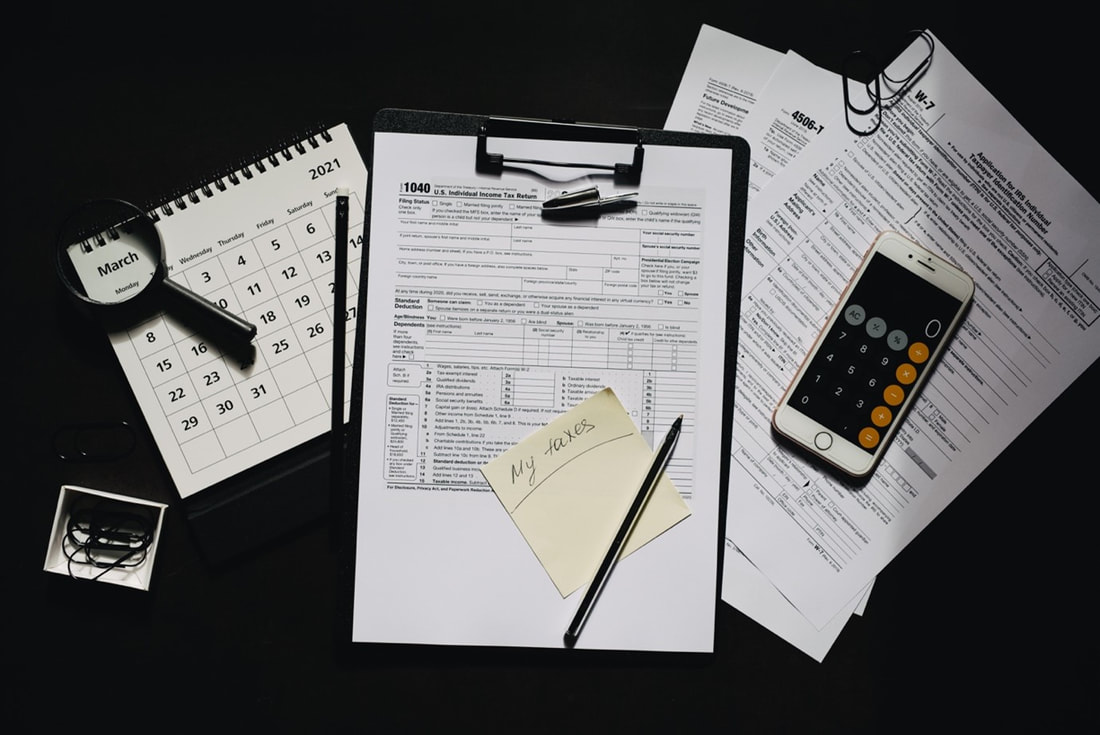|
With the RBA’s ongoing cash rate hikes, mortgage rates are also continuing to climb.
The resultant increase in servicing costs has led many new borrowers to find they might not be able to borrow as much as they previously could. Fortunately, there are some steps you can take to boost your borrowing capacity. Pay down existing debt If you’ve got several different loans, it’s likely they are weighing heavily on your borrowing capacity. A debt by itself means you have money going out every month reducing your overall income. The obvious solution is to pay down your debts as much as you can before applying for a home loan. However, you can also look to consolidate those debts by rolling some of the higher-interest debts into a new loan with a lower interest rate. This should free up some money that you can use to pay off those debts faster, or use to service a new home loan. Reduce your credit card limit When you have a credit card, even if you don’t use it, your borrowing capacity will be reduced. Banks assess your credit card limit as if it is maxed out, so if you aren’t using a certain card or it comes with a very high limit, it may be doing you more harm than good. If you’re really struggling with borrowing capacity, it could be a good idea to get rid of the credit card altogether – or at the very least reduce its limit. Apply for a joint loan If you’re on a single income, it can be difficult to afford the high price of homes these days. If you’re looking to invest or buy a home to live in, by applying with your spouse you are likely able to borrow more. If you live together, many of your expenses will be shared and your higher income will mean you should be able to borrow more. Opt for a positive cash flow When a lender looks at your application for a loan, they will also include the potential income from the property if you are trying to buy an investment. If you need to boost your borrowing capacity, it might be worth looking at a positively geared property. That means a property where the rental income is greater than the cost of servicing the debt and the annual expenses. That means you will only be assessed on your current income and expenses. You likely won’t have to contribute any funds towards the ongoing costs of holding and maintaining the property. While many people are excited about the idea of buying their first home, it can also be overwhelming knowing that you have to eventually pay off a large mortgage.
The good news is that with some simple strategies, there are ways to pay off your home loan faster than expected. Borrow less than you can afford It’s important to have a very clear understanding of what your financial situation is going to look like once you’ve taken on a mortgage. If you’re struggling to qualify for a home loan, then an option is to simply purchase a cheaper property. While you might not get into your dream suburb straight away, as your equity position improves you can use that to move forward and upgrade. In addition, a more affordable home would mean you can pay down your debt faster. Increase your repayment frequency Most lenders will typically put you on monthly mortgage repayments. While this might be convenient, it might not be the most cost-effective option for you. If you increase your repayment frequency to fortnightly or weekly, you will end up making more repayments over the course of the year and be paying down a higher amount of debt. There are only 12 months in a year, while there are 52 weeks and 26 fortnights. That means your loan gets paid off faster and you’ll also be saving interest along the way. Along the same lines, you also have the option of increasing your repayments. You don’t have to simply pay down the minimum each month. The more you can pay down that principal component the better. Use an offset account These days, there are several home loans that come with useful features that can help save you money on interest. An offset account is one such tool. This feature operates like a transaction account, however, it is linked to your home loan account. Your total interest repayments are calculated based of the value of your home loan, less the funds in your offset account. This means the more money in your offset account, the less interest you’ll pay. In turn, you can use those extra funds to make higher repayments on the principal loan. If your current home loan doesn’t come with an offset account or lacks the flexibility that you need, it might be worth speaking to a mortgage broker to compare your options. |
EDITOrCategories
All
Archives
December 2023
|
|
Read about us on KochiesBusinessBuilders and Linkedin
Partner with Adobi Mortgage Solutions Contact Bruce Johnstone (03) 9996 8553 or email [email protected] |
©2021 ADOBI® MORTGAGE SOLUTIONS ABN 94465268443
Suite 405, 585 Little Collins Street, Melbourne, VIC 3000 Telephone: (03) 9996 8551 Credit Representative Number 536529 authorised under Australian Credit Licence 384324 Your complete financial situation will need to be assessed before acceptance of any proposal or product Please review our Lenders, Terms of Use and Privacy Policy Member 87449: AFCA - Australian Financial Complaints Authority Member M-351557: FBAA - Finance Brokers Association of Australia |





 RSS Feed
RSS Feed


